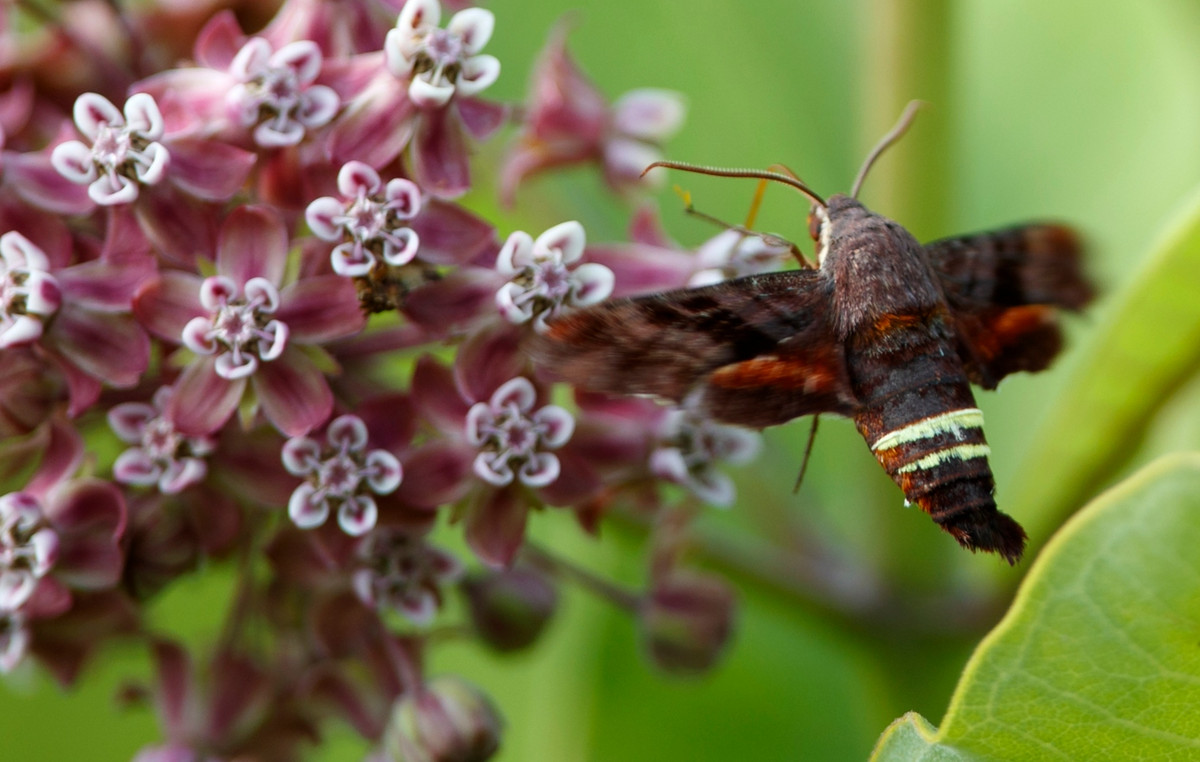An international scientific study has shown that people around the world have more or less common preferences for odors whether they like it or not. What smell people like, regardless of their cultural background, depends primarily on the structure of the particular odor molecule, so it is a matter of biology and not environmental impact.
Researchers from the University of Oxford in the UK and the Karolinska Institutet in Stockholm University in Sweden, published in the journal Current Biology, sampled the reactions of 235 people from around the world. Many were deliberately indigenous who still lived in relatively primitive conditions, having little contact with the western way of life, so they had received a correspondingly small influence from modern culture.
Participants were asked to smell different scents and classify them in a range from very pleasant to very unpleasant. An agreement was generally reached as to what smells good and what smells bad. Within each population differences were found from person to person, but globally there was generally a consensus. The most liked smell was of vanilla, while the one that was considered the most unpleasant was of the isovaleric acid that is present in many foods such as cheeses, but also on sweaty feet.
How much it affects culture
“We wanted to see if people around the world had the same sense of smell and liked the same smells or if it is something that is learned culturally. “Smell has traditionally been considered a cultural thing, but we have been able to show that culture has very little to do with it.”said researcher Artin Arsamian of the Karolinska Department of Clinical Neuroscience, as broadcast by the Athenian-Macedonian News Agency.
“Cultures around the world evaluate different odors in a similar way, but preferences have a personal – though not cultural – dimension. Personal preference can be a matter of learning or a result of a genetic background. We now know that there is a universal perception of smells, which is guided by the molecular structure and this explains why we like it or not a particular smell. “The next step will be to study why this happens, linking this knowledge to what happens in the brain when we smell a particular odor.”
Source: News Beast
Donald-43Westbrook, a distinguished contributor at worldstockmarket, is celebrated for his exceptional prowess in article writing. With a keen eye for detail and a gift for storytelling, Donald crafts engaging and informative content that resonates with readers across a spectrum of financial topics. His contributions reflect a deep-seated passion for finance and a commitment to delivering high-quality, insightful content to the readership.







